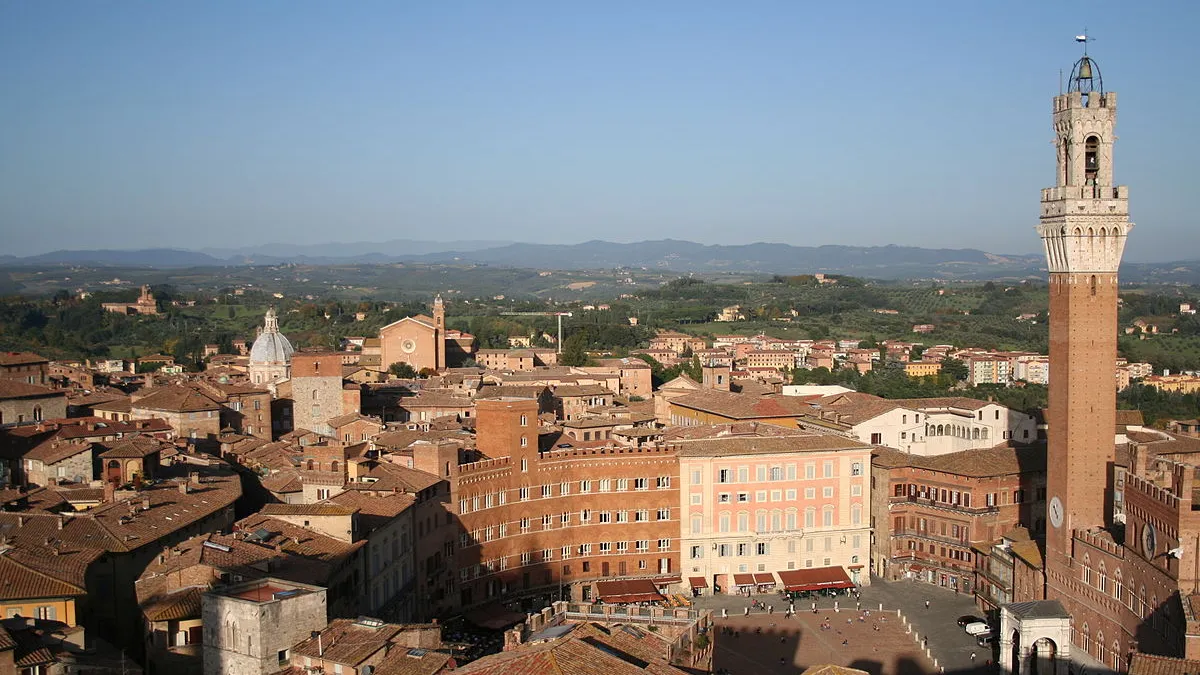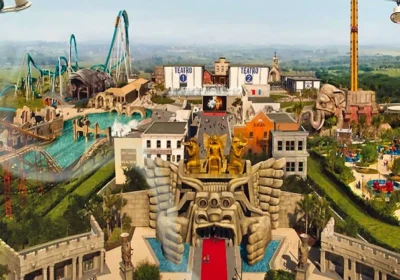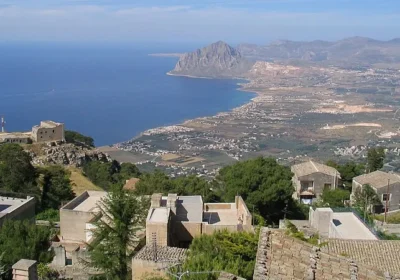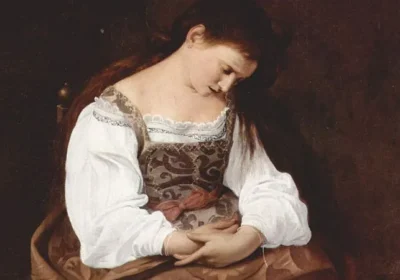Siena sightseeing tour.
The tour is conducted by car. You can also organise a wine tasting or lunch at a restaurant or winery recommended by the guide.
Siena’s sights are interesting because many houses, palaces and temples have been preserved in pristine condition.
Many of them were spared even the bombings of the Second World War, which destroyed many architectural masterpieces. That is why there is no doubt that every stone in the historic part of the city, every house and temple is not the skilful work of restorers, but a true medieval rarity that has survived through the centuries.
Siena is located 80 kilometres from Florence. In this city, holy antiquity, blossoming art, Dante’s speech in the mouth of the people, and a sense of air are united in one. Its artistic flourishing presents an example of marvellous harmony. Everything created here by people of different generations and different levels of giftedness seems to make this city truly unique.
Tour of Siena:
Panorama of the old town – from the observation deck, where you will see all the architecture of the ancient city of Siena
The Church of San Domenico (inside tour) – also known as the Basilica Caterignana, the basilica is an example of the Cistercian Gothic style.
St Catherine’s House (exterior tour) – where the famous St Catherine, who played an important role in the history of Catholicism and the papacy, was born and raised.
Piazza Salimbeni – Here are still the offices of one of the first banking houses in Europe, the Banca Monte dei Paschi di Siena.
Via Banchi di Sopra is the main street of medieval Siena. It is part of the pilgrimage route from Rome to Canterbury, the so-called Via Francigena, or Road of the Franks.
Piazza Tolomei – This building is one of the oldest palaces in the city and was erected between 1270 and 1275 by the Tolomei family.
The Quarter of the Owl – Contrada della Civetta is one of the most central historic districts
Palazzo Piccolomini (exterior view) -. Also known as Palazzo Todeschini-Piccolomini – Renaissance style palace
Central Piazza il Campo – This is where the world famous horse races are held, or Palio.
Costarella dei Barbieri – This is a steep road located on the site of the ancient 11th century Salt Gate
Palazzo Chigi-Saracini – A Gothic city palace, it is the seat of the Accademia Musicale Chigiana. It was built by the Marescotti family in the 12th century.
Via del Capitano – Here the highest body of city politics was formed and for a long time was the seat of the administration of the Republic of Siena
Central Cathedral (exterior tour or visit to the cathedral) – (Duomo), consecrated in honour of the Ascension of the Blessed Virgin Mary. An important artistic and historical monument of the Italian Gothic, the centre of medieval and Renaissance culture in the history of the Republic of Siena.
Palace of the Commune – Palazzo Pubblico is a historic administrative building built in 1297-1310 for the Council of Nine and the Podesta.
Tower of the Gluttony – The tallest tower in Siena and in the historical region of Tuscany. Built between 1338-1348
Palazzo Sancedoni – City palace and tower in the Gothic style, whose concave façade faces Palazzo Pabblico
Fountain of Joy – Around 1340, the Signoria of Siena decided to build a public fountain in the city’s main square, Piazza del Campo.
Baptistery of St John the Baptist – sits well below the Cathedral literally with the top of its head at the level of its base. This supports the theory that it was intended to support the enlarged Cathedral, which was begun but never built.
Basilica of St Francis – This was erected around 1228-1255 and later enlarged in the 14th and 15th centuries
Basilica of Osservanza – The design of the neighbouring monastery was attributed to Peruzzi, and was said to have housed Pius II (1459) and Pius VI (1798) during visits to Siena.
Trade Loggia – The Loggia della Mercanzia, which served as the seat of the old commercial court
Medici Fortress – (Medici Fortress, sometimes called Fort St Barbara) is a fort built in the city between 1561 and 1563 on the orders of Duke Cosimo, a few years before he became the first Grand Duke of Tuscany.
Rinnovati Theatre – is the largest theatre in Siena

















